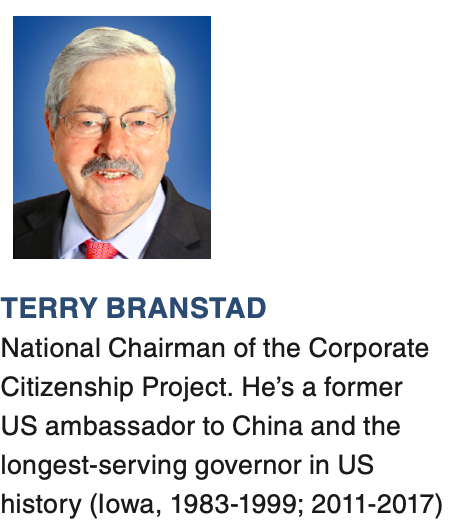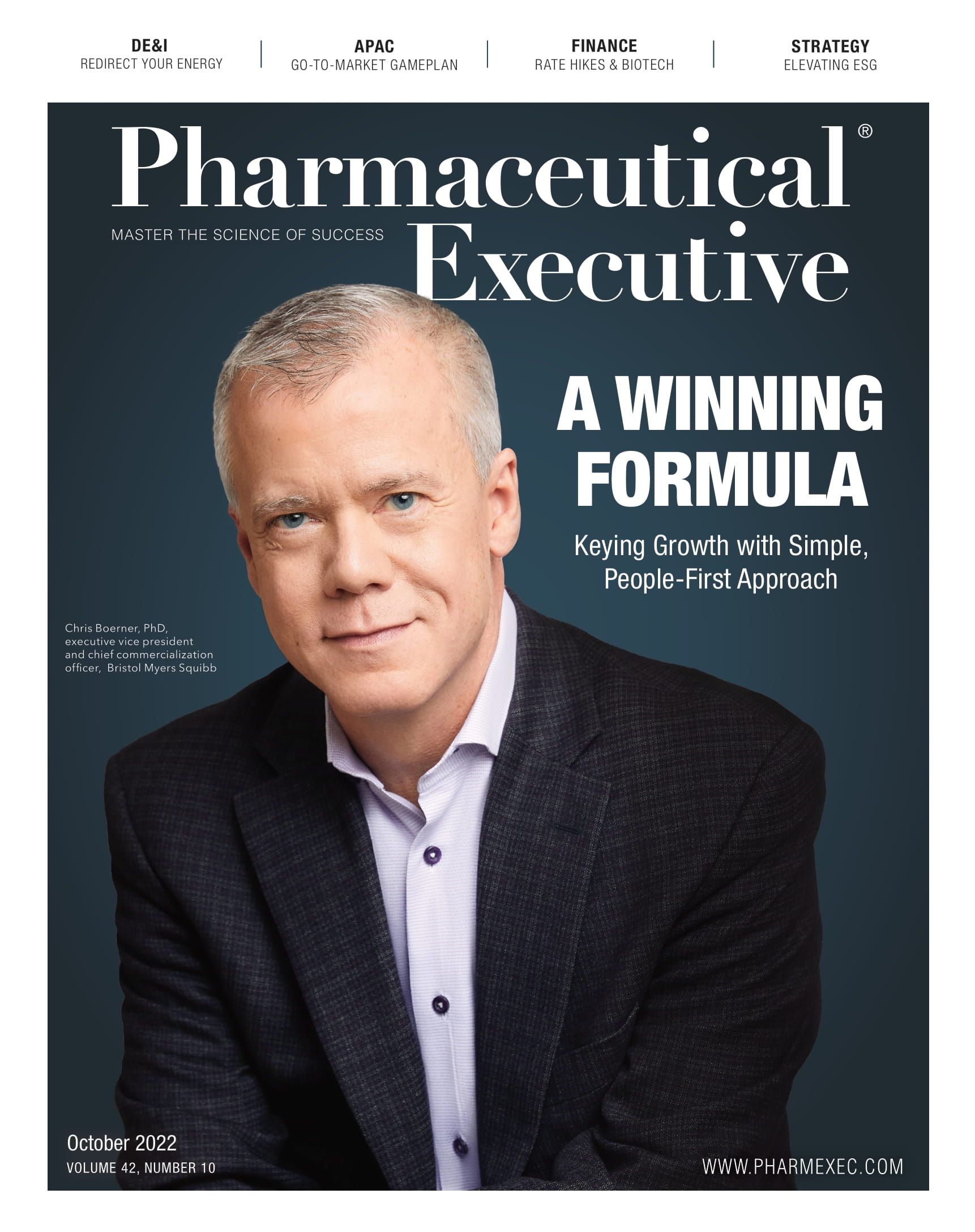Elevating ESG Message: Today’s Modern Investor is Key
How pharma companies can make sure their corporate strategy in ESG is appealing to younger generations—and aligns with the issues this large segment of sustainability investors care about most.

Whether publicly traded pharmaceutical companies have verified sustainability plans in place or have been accused of “greenwashing,” environmental, social, and governance (ESG) standards have trended upward over the past year, in which a record $649 billion was poured into ESG-focused funds worldwide in 2021.1
As investors continue to put money into pharma organizations that make a difference, one important aspect for companies jumping on the ESG bandwagon to consider is that a majority of investors in this area are more likely to belong to younger generations. New research shows that 54% of Gen Z and millennials hold ESG investments, compared to only 42% of boomers and 25% of Gen Xers.2
From combatting climate change to expanding the company’s diversity, or calling for more corporate equitable policies, pharma manufacturers need to now understand what younger generational investors care about in order to not only build an effective ESG strategy but to increase their pharmaceutical portfolios.
Identifying the priority standards
While there is no denying that ESG has been around a long time, the recent acceleration of widespread reporting on ESG principles and practices has created the shift of power, money, and jobs from baby boomers to millennials and Gen Z. Passive investing, COVID-19, social injustice, the “Great Resignation,” and talent shortages have also been contributing factors.3
Despite there not being an exact right way to go about a company’s ESG strategy, contributing to fighting climate change, specifically the threat of global warming, seems to be the most concerning for today’s Gen Z and younger millennial investors.4 However, social and economic equity throughout the entire corporation seems just as significant, due to these individuals consuming more related news articles, blogs, and videos through social media.
Even if it’s not investing in ESG funds, millennial and Gen Z individuals have started to shift pharma’s workforce in terms of attracting and retaining younger talent that can grow within the company. Gen Z talent currently makes up 46% of the full-time workforce in the US5, where governance factors, such as flexible vs. one-size-fits-all healthcare plans (including mental healthcare) and charitable support (such as having days off for volunteering and donation matching) are of particular concern. Moreover, mentorship and employer engagement are key to retaining this younger generation of workers.
As a result of reporting ESG principles and practices that younger generations care about, investors, along with employees and customers, will all benefit in continuing to mold an environmentally and socially conscious world. Nevertheless, a lack of ESG transparency remains, impacting how younger generations view specific pharma companies.
ESG reporting gap
With a pharma company’s ESG practices being scored on a rating scale by proxy advisors, such as Institutional Shareholder Services (ISS), younger generational investors rely on these ESG scores to determine what company’s efforts align most, whereas younger talent looking for employment also gravitate toward pharma companies with ESG scores 25% higher than average.6
Unfortunately, ISS and other proxy advisors scoring pharma companies’ ESG practices are the main culprits when it comes to the lack of transparency in the ESG rating systems created to analyze a public pharma company’s ESG efforts. Investors, employees, and customers do not have the same transparency into what specific factors lead to this rating. These proxy advisors continue to mislead well-intentioned young investors of ESG funds that are “doing good” through conflicted incentive rating structures.
Given the power of these ESG ratings, publicly traded pharma companies and shareholders must have direct access to how these ratings are calculated. However, proxy advisors call that information proprietary and refuse to disclose it. What began as a public relations and marketing effort for corporations to show employees and customers they are responsible actors now functions as a corporate credit score, where those who refuse to play the game are denied access to investor capital.
Engaging Gen Z and millennial investors
If a pharma organization’s ESG rating by proxy advisors, such as ISS, does not appear transparent as to what ESG practices were listed in the initial reporting and does not seem to engage younger generational investors, the best approach for corporate boards to think about is a digital one. Companies should take advantage of opportunities to use all channels of social media and other popular smartphone tools to engage this demographic.
One example of interacting digitally with millennial and Gen Z investors can be through virtualizing annual general meetings (AGMs)—better known as the most important shareholder meeting of the year. According to packaging software company Lumi, it received a 70% increase in the average number of people attending AGMs in 2021 compared to 2020, which proves beneficial for Gen Z investors, but also shareholders as a whole in increasing quality of participation.7
Moreover, pharma companies can also think beyond the virtual AGMs andcontinue to invest in investor relations, whether its inviting directors to make regular contact with younger shareholders or just helping maintain a loyal younger shareholder base and value perception. Although younger investors may rely more on social media and influencers to judge whether an investment is worthwhile, a pharma company can still have the power to take back control and tell its story using a more positive lens.
Generating more authenticity in the organization, especially when it comes to ESG issues, will ultimately help fend off proxy advisor ratings from what is true and what is false. If a younger investor feels they’re being greenwashed, they will switch off and find their own information from other sources.
Even though engaging the next generation of investors is no easy task, pharma companies must find innovative ways to capture the attention of younger investors. Thinking digitally, communicating any ESG triumphs, and engaging younger investors all year round are just some of the ways to ensure drug manufacturers encourage loyalty in this new generation.
Terry Branstad, National Chairman of the Corporate Citizenship Project. He’s a former US ambassador to China and the longest-serving governor in US history (Iowa, 1983-1999; 2011-2017)
References
- https://www.forbes.com/sites/forbesbusinesscouncil/2022/06/23/how-to-make-sure-your-esg-strategy-is-making-a-difference/?sh=7b11694550bc
- https://www.cnbc.com/2022/06/17/why-many-young-esg-investors-also-own-cryptocurrencies.html
- https://www.cfo.com/strategy/sustainability/2022/07/esg-journey-sustainability-passive-investing-reporting-standards-getting-started/
- https://www.straitstimes.com/business/invest/young-esg-investors-want-a-fairer-greener-future-survey
- https://www.theimpactivate.com/workforce-strategy-how-esg-can-help-companies-retain-younger-employees/
- https://www.theimpactivate.com/workforce-strategy-how-esg-can-help-companies-retain-younger-employees/
- https://ifamagazine.com/article/are-gen-z-loyal-investors-how-to-delight-the-new-shareholder-demographic/

The Misinformation Maze: Navigating Public Health in the Digital Age
March 11th 2025Jennifer Butler, chief commercial officer of Pleio, discusses misinformation's threat to public health, where patients are turning for trustworthy health information, the industry's pivot to peer-to-patient strategies to educate patients, and more.
Navigating Distrust: Pharma in the Age of Social Media
February 18th 2025Ian Baer, Founder and CEO of Sooth, discusses how the growing distrust in social media will impact industry marketing strategies and the relationships between pharmaceutical companies and the patients they aim to serve. He also explains dark social, how to combat misinformation, closing the trust gap, and more.